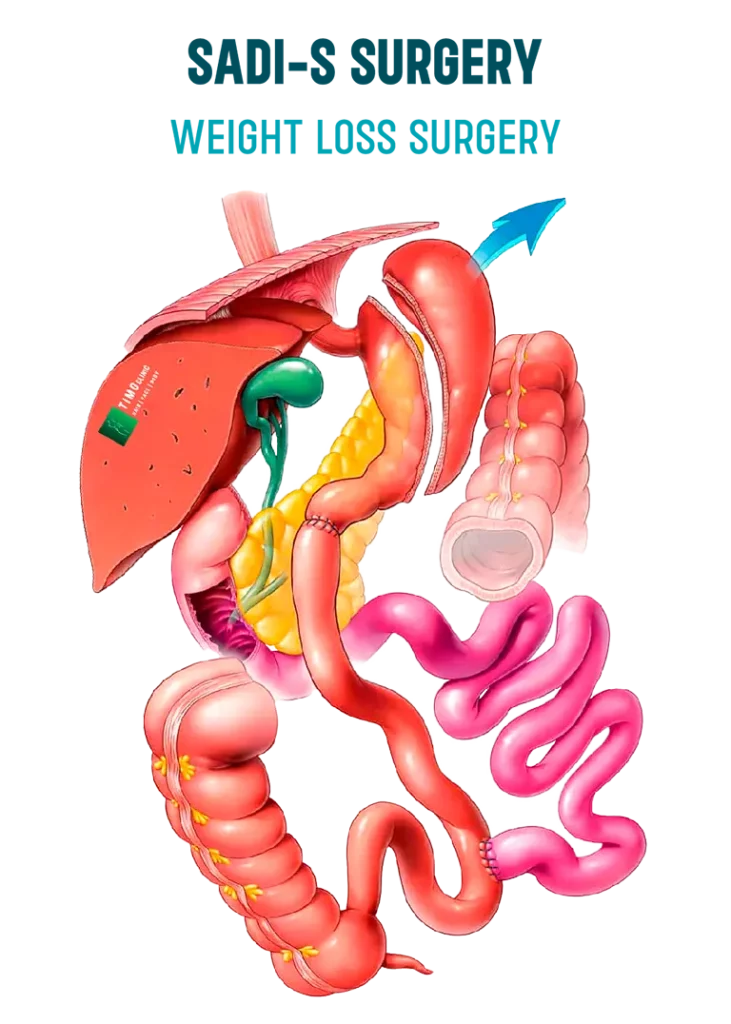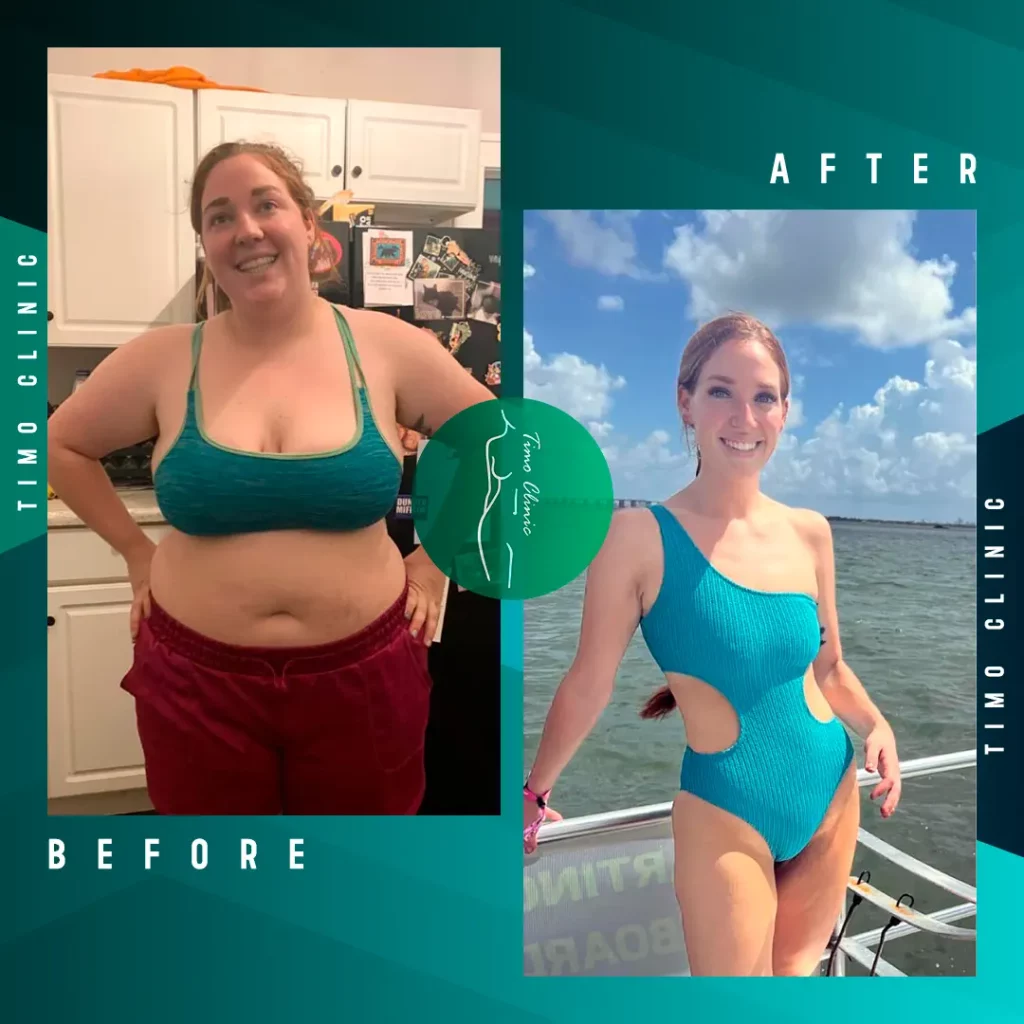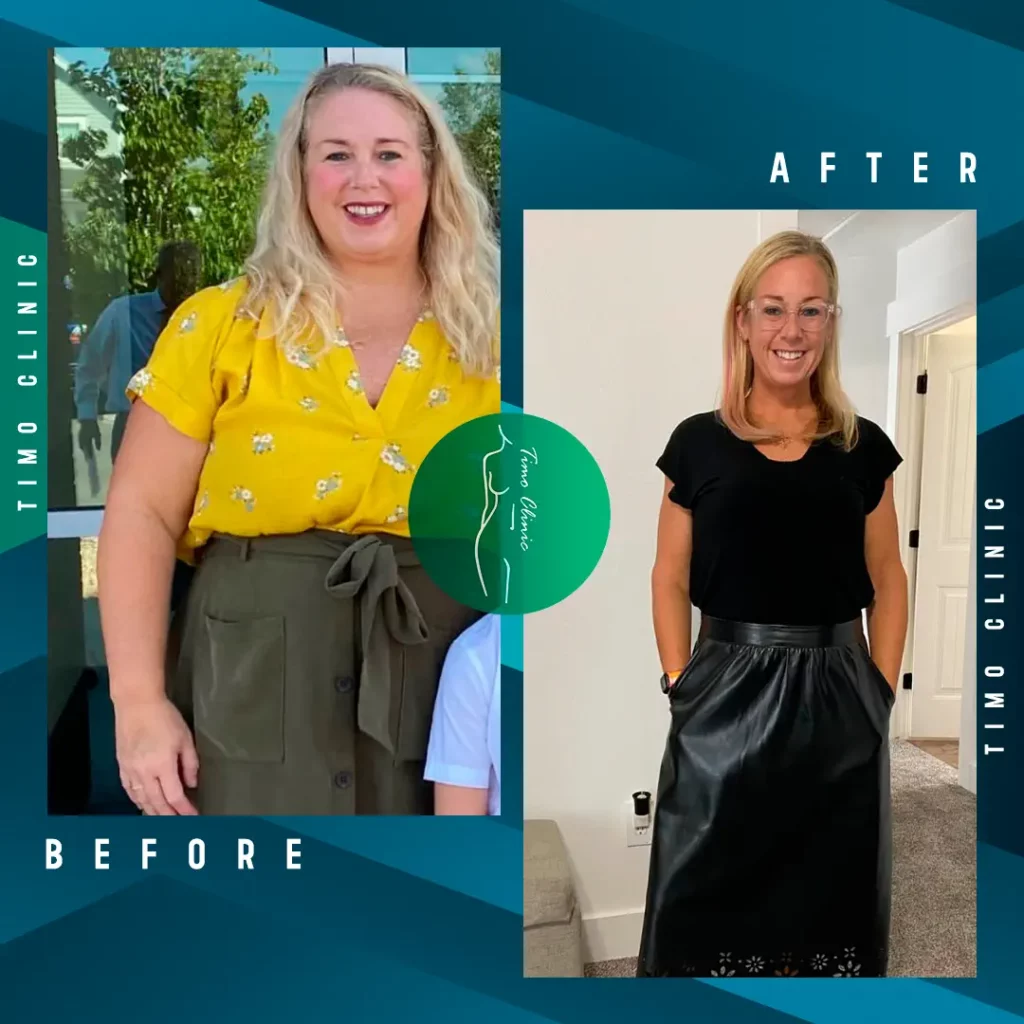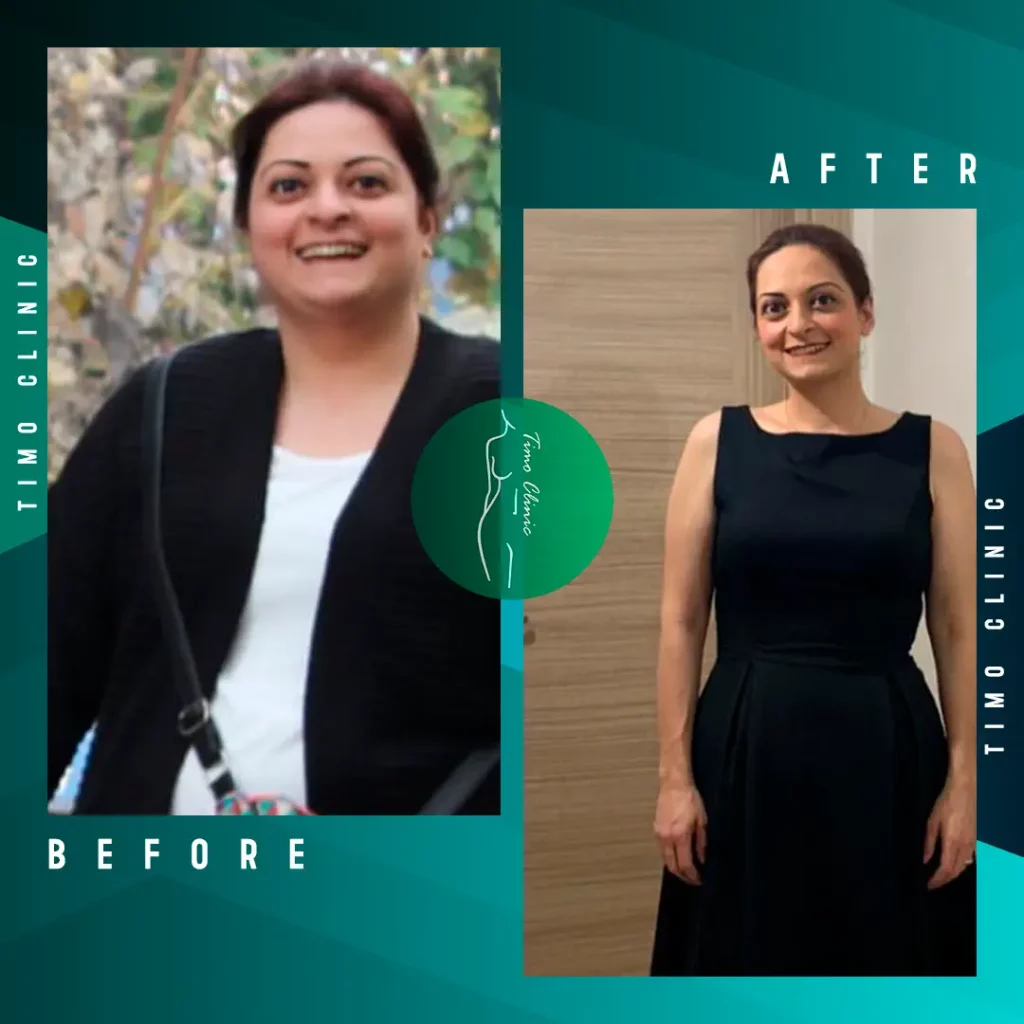SADI-S
Struggling to choose between the minimally invasive technique of a restrictive surgery and the quick results from a malabsorptive procedure?
A breakthrough in weight loss surgery, SADI-S is a combination of bariatric procedures that provides patients with a new lease on life.
SADI-S is the Single Anastomosis Duodenal-Ileal Bypass with Sleeve Gastrectomy, referred to as the SADI-S or Loop Duodenal Switch
The most widely accepted bariatric surgeries due to their success are restrictive surgeries (such as gastric sleeve) and malabsorptive surgeries (such as gastric bypass). Wouldn’t it be fantastic to have a combination of the two? Here is the good news: now it is possible! Let’s take a look at more widely used procedures and how they compare to Single Anastomosis Duodeno-Ileal Bypass with Sleeve Gastrectomy (SADI-S).

How Does it Work?
First, the bariatric specialist will perform a sleeve gastrectomy, removing a large part of the stomach and modifying the shape of the remaining part. The doctor then separates the duodenum from the pylorus before the ileum is connected to the duodenum.
SADI-S distinguishes itself from other duodenal switch procedures because it only involves one anastomosis instead of the usual two. It directs nutrients through a single loop, which reduces the chance of vitamin deficiency and diarrhea.

Who is a Suitable Candidate?
The best candidates for Single Anastomosis Duodeno-ileostomy with Sleeve are those battling morbid obesity. It is ideal for those who want a better weight-loss method than a gastric bypass and sleeve.
Among its benefits are better long-term weight loss, diabetes treatment, lower chance of weight regain, less acid reflux, and reduced risk of stomach ulcer than those provided by bypass and sleeve.
SADI-S has proven to be an effective solution to obesity and its negative effects on patients’ health. It is also a good option for those who have undergone a restrictive bariatric procedure and have had trouble with keeping the weight off. Generally, good candidates of SADI-S include:
BMI of 50 and Over
Obesity-related diseases including hypertension, high fasting plasma glucose, and a high body mass index are considered three out of the four biggest global health threats today (smoking is the fourth). In the United States, more than one-quarter of patients interested in bariatric surgery are super obese. The prevalence of comorbidities in those with a BMI greater than 50 includes a significant increase in cardiovascular mortality. SADI-S can help patients with super obesity reduce these associated risks.
Previous Bariatric Surgery
Patients who have undergone options like gastric sleeve or gastric band surgery in the past who failed to shed excess weight can benefit from SADI-S revision surgery. Similarly, patients who lost weight initially but then regained substantial weight after gastric band or gastric sleeve surgery can benefit from SADI-S revision surgery. Unfortunately, since this method uses a similar malabsorption method, patients who have received a duodenal switch are not eligible for this procedure.
The Recovery After SADI-S Surgery
You only need to spend an hour on the table while the specialist performs the Single Anastomosis Duodeno-ileostomy with Sleeve. Patients often only need a night or two at the hospital. They can return to their regular routines after 2-4 weeks.

Frequently Asked Questions
Timo Clinic
We enjoy providing the benefits and improved quality of life that surgeries can give to you. We offer the most advanced form of services, making these procedures available to the widest variety of patients possible. Please contact us today to schedule your consultation.
- Phone: +90 544 762 98 71
- Location: Kağıthane, İstanbul, TURKİYE
- Mon - Fri: 9:00 am - 5:00 pm










